

Circular Venture Building at the heart of the circular transition
An advanced approach to growing circular value chains, based on insights and hands-on experience from experts in venture-building, accelerators and circular economy developments.
Circular Venture Building at the heart of the circular transition
An advanced approach to growing circular value chains, based on insights and hands-on experience from experts in venture-building, accelerators and circular economy developments.
Amsterdam, January 2023
Guy de Sevaux (Invest-NL), Anieke Wierenga (ScaleUp Practitioners) and Arjan Rensma (Sustainnovate Today)
Introduction
It is no easy task to build a business that embraces circular principles within a primarily linear reality. The aim of this study is to identify design principles for venture development support aimed at those ‘circular’ ventures.
We define circular ventures as:
1. ventures that deploy or develop towards a ‘circular business model’
2. ventures that play a key role in the transition from a linear chain towards a circular value network
Circular ventures operate within a ‘hostile’ environment: the players, prevailing regulations and existing infrastructure are not supportive of their development. How can we therefore support circular entrepreneurs in accelerating the industrial circular transition?
To answer that question, we looked at existing venture support programmes, and identified a number of practices which could be applied. However, we also identified (at least) 10 specific challenges for circular ventures which are not usually addressed within existing programmes. Within the (handful of) circular programmes, we found some emerging practices which address these circular pitfalls. We have utilised that inspiring practice to formulate the first design principles for circular venture support.
Figure 1: The principles of circular economy as presented by the Ellen McArthur foundation. Circular ventures enable value chains and material streams to become (increasingly) circular and generate less waste.
Circular Transition Ambition
The Dutch government has committed to becoming a 100% circular society by 2050, and to reduce the use of virgin materials by 50% by the year 2030. The current Circular status of the Dutch economy is estimated at 24%. A significant shift in economic systems, material flows and business models is therefore required to achieve the national circular ambition.
Inspired by the theories of Schumpeter and Christensen we believe that entrepreneurship and innovation can play a major role in the realisation of this transition. Venture development and venture support should therefore form an integral element of any Circular Transition ‘roadmap’.
To better understand the role of ventures and venture support structures and their potential impact, it helps to frame the circular transition as a systemic innovation programme with a multi-level, multi-stakeholder perspective
1. At macro-level, the transition agenda is guided by the 2050 ambition for a circular economy and the in-between milestones that will be defined for the material transition agenda.
2. At meso-level: innovation aimed at redefining the ‘regime’; the way things are organised, regulated and practiced. At this level, the transition will target reorganisation or materials streams, which involves (major) investments by existing companies, and the infrastructural redesign of ecosystems and value chains, as well as innovation in financing practices and regulations, certification and standardization.
3. At micro-level: innovation is created in niches: pockets of breakthrough technologies, new business models and financial tools.
2: Multi-Level, multi-stakeholder perspective on systemic transitions, Frank Geels, 2002.
Incumbent Socio-Technical Regimes
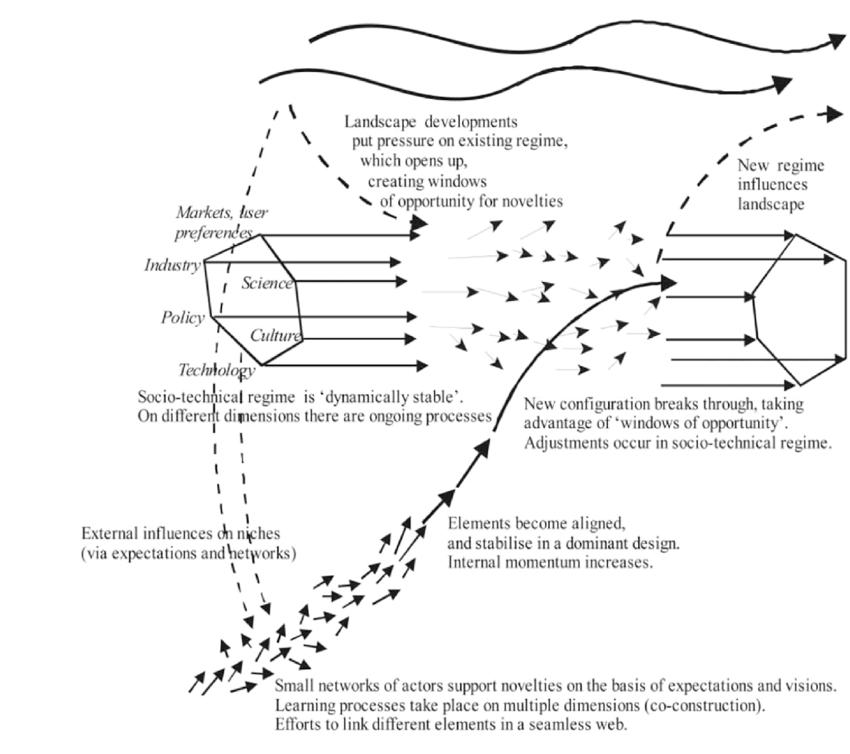
Current venture development support: Methodologies and Approaches
During our research into success factors for circular venture building, we did not come across a single programme or approach that has a proven methodology and track record within the circular space. In the Netherlands, about 50% of venture accelerators identify themselves as ‘impact focused’. Research from SIM (Social Innovation Monitor) however, shows that even though societal impact is clearly part of the selection process, the content of the venture programmes does not significantly differentiate from classic ‘commercial’ programmes.
There is a tendency within support programmes to approach venture development in a linear, timeboxed (3 - 6 months) investment focused fashion (i.e. focusing on a demo-day, round of financing or market development). In reality, the art and science of venture-building is much more complex, with interdependency of developments in different disciplines (technology, team, finance, impact, market); success is not predictable and predictions not reliable. The only integral venture development methodology is the Bell Mason Venture development framework, which does not include circularity.
Pre-seed
In alone, there are more than 250 accelerator programmes (source: Gritd), with the majority focused on early-stage start-ups. The objective of these programmes is usually to stimulate economic activity within a certain region or market domain, and there is no standardized methodology to track or report performance. Success is expressed in terms of jobs created (FTEs), money invested, and number of companies created. Most programmes are built on the principles of the ‘lean start-up methodology’, which was originally developed for SaaS-based business models.
Seed – Series A
The most surprising finding from this overview is probably that there is hardly any organised support available for the venture teams in Seed (or Alpha) Phase (Gritd study reports 2 programmes in 2021). Given the insight that the Seed phase is often referred to as ‘Valley of Death’ it is not surprising that many ventures that make it to Seed Phase never close a Series A (almost 60%).
The trajectory between Seed and Series A is multi-faceted, and requires a programme-based approach to business-building and eco-system development. This journey can take years, and requires inventiveness, stamina and cash. In this context, we note the (self-reported) success of studios in which multi-year, multi-disciplinary high-level support is provided to co-founded companies.
Figure 3: The development from Seed to Scale requires a multi-dimensional and staged approach. To support more (industrial) circular ventures in crossing that ‘valley of death’, multi-annual, multi-disciplinary support should be made available for promising teams with high potential solutions.
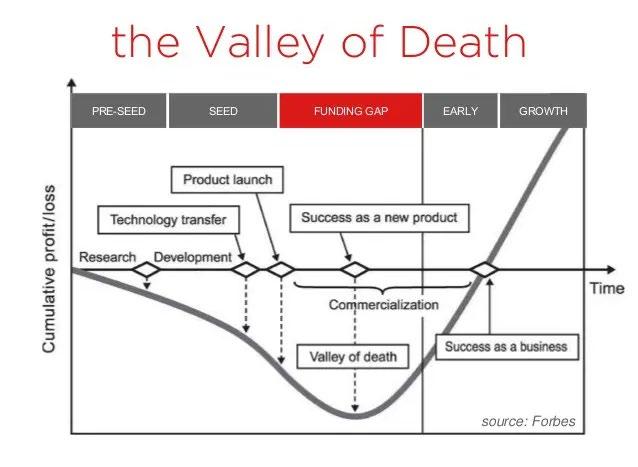
Circular venture development: 10 challenges
In our assessment of existing venture development methodologies for circular ventures, we found that there are (at least) 10 circular challenges which are not sufficiently addressed. New practices and methodologies will need to be developed to successfully build circular ventures.





1. Customer-supplier definition
The development of a revenue model of a circular venture requires deals with multiple ecosystem partners with evolving / shifting roles: suppliers become customers, customers become suppliers, and partners become investors.
2. Systemic change as a starting point
The transition to circular chains in plastics or critical metals for instance, requires a full overhaul of the whole linear (source-> waste) systems. Disruptive ventures target specific ecosystem transformations and triple bottom line venture development.
3. Circular innovation is complex
Strategic decisions by partners, investors, launching customers, production locations and technology routes throughout the entire chain are very much intertwined. Alignment of these activities requires a high level of orchestration and direction.
4. Redistribution of value within the ecosystem
While the total size of the pie may not grow, there are more parties to share with. Without new business models and external (regulatory or public) pressure, incumbents are unlikely to make a ‘circular’ move.
5. From ‘instant gratification’ to ‘delayed gratification’
The full benefit of a circular product / value proposition is only achieved many years after its sale, but the costs may be incurred right away.

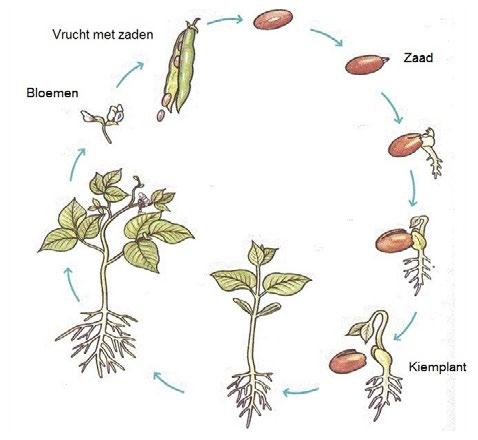
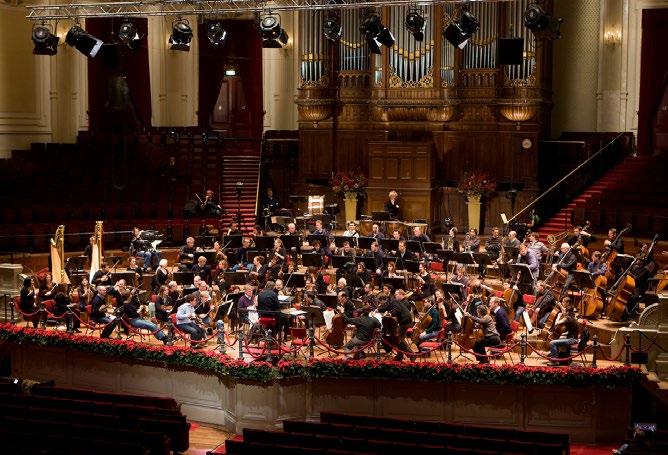

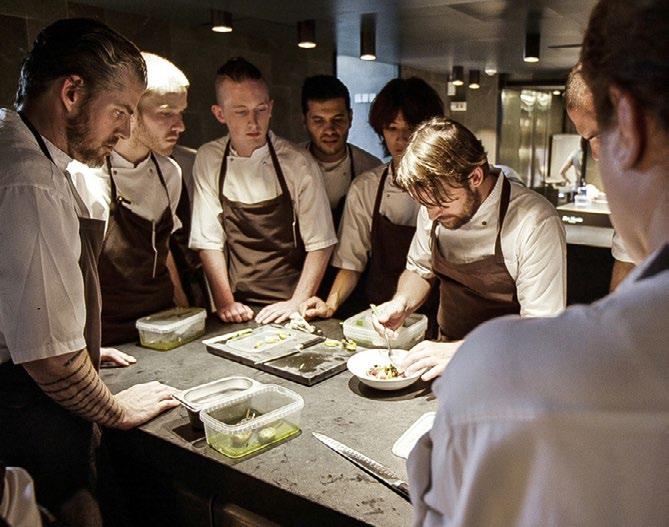
6. Winner cannot take all
The transition towards a circular economy will require many ventures to become successful. Support for circular ventures should focus on ‘raising the floor’ for the entire ecosystem rather than ‘raising the ceiling’ for those few ‘star outfits’.
7. Venture Capital model does not fit
Impact Investment models that allow long term stable societal and financial returns (e.g. based on percentage of realized cash flow or profits) with ‘patient’ timelines may represent a better solution.
8. Portfolio optimisation at ecosystem level
In order to make a venture and the ecosystem successful, some of the investments will probably earn back the incurred costs at best, whereas some other players in the ecosystem / value network will become very profitable.
9. Impact as KPI; positive change defines success
As pressure of investors or the market can make it difficult to prioritize impact over financial growth, impact ventures (and circular ventures in particular) are experimenting with alternative ownership structures such as cooperatives and steward ownership.
10. Impact vs impact
Impact is not an easily quantifiable and objective measure compared to financial returns for instance. Even if the company decides to place ‘impact’ first, the calibration and prioritization between various aspects of impact (e.g. Circular, CO₂, Social) remains open to multiple interpretations. Currently, carbon reduction is often prioritized over circular transition indices.
Emerging venture development practices
It would be great if we could flip these challenges and offer you a fool proof recipe for circular venture-building. Unfortunately, without a (significant) number of circular venture success stories, it is impossible to formulate evidence-based rules for success as of yet. However, there are a number of examples that we can learn from. When evaluating this field through 5 different lenses, we identified a number of emerging practices which could become elements of a new, multi-dimensional approach for which we have formulated some design principles.
1. Sustainability: impact at centre
The key principle of a circular venture is the ability to accelerate the material transition by building circular principles into existing value chains and material flows. Circularity is not an add-on, it is the reason for existence. Ventures need help to formulate and quantify their impact on material transition, in line with national and international agendas on emissions, resource utilisation and biodiversity. Examples: Niaga (‘we design to use again’), Fresh Ventures by Metabolic, Circular Transition Indicators by WBCSD.
2. Feasibility: product/technology/production
Circular ventures often get stuck at TRL 5-6: investors do not want to invest in non-proven market potential, and customers will not sign up for non-proven technology. Support programmes can help ventures develop alternative paths to production development, such as collaboration with incumbents, co-production with partners, co-investment with customers, pilot facilities, the use of a step-stone, bowling alley strategy etc.
Example: Circular Factory Program by Tekkoo and Blue City, Green Chemistry Accelerator by GCNE.
• Market Development: structured approach to ecosystem development
The development of a circular business model will require a re-shuffle of the relations of various players within a currently functioning chain or material flow. Successful circular ventures either already have in place or are developing strong relationships with a broad spectrum of players, who will need to chip in and work together to make the venture successful.
Example: Circular Valley Incubator in Nordrhein-Westfalen.
• Stamina: Reframe the Valley of Death as staged development
Crossing the Valley of Death can take multiple years, but that does not mean that a venture will not learn or make progress towards its future during that journey. Multi-dimensional approaches help ventures carve out development areas and monitor progress on sections of that long journey. Breaking down the journey may also allow for options for financiers, customers and technology partners to ‘join’ a few stretches while the venture develops its business (Impact) engine.
Examples: Bowling Alley Strategy, Bell Mason principles in combination with Rapid Learning Cycles.
3. Viability: blended financing
As classic venture capital is not a suitable option for most circular ventures, founder teams will need support to find alternative types of financing: subsidies, philanthropies, debt or income. Current accelerator programmes are very much geared towards ‘VC-readiness’. Alternative solutions will need to be developed, and will involve players from incumbent parties, state funds, banks, venture debt and venture capital to develop alternative approaches together with venture teams. Example: Green Chemistry Accelerator with GCNE ‘financial engine’.
4. Desirability: develop (and brand) your niche
Classic customer development theory (Steve Blank) prescribes that brand-building only becomes important once the venture has significant commercial traction. ‘Creative destruction’ however requires the new future to become visible before it has fully developed. A circular venture today has the potential to redefine the rules of a particular (section of the) industry. If successful, there will be a time ‘before’ and a time ‘after’ the successful introduction of the new technology, solution or business model, and ventures can claim that transition (up front) by creating new (product) categories. Examples: ‘Apple’ for mobile digitization, ‘Tesla’ for electronic driving and ‘The Vegetarian Butcher’ for meat substitutes.
Design principles for circular venture building
Product
Impact
(guiding principle for all dimensions)
Theory of change as a starting point
Market
1. Include Circular Design principles in product development deliverables (the product or service contributes to ‘closing the loop’)
2. Make regulatory and legal (if required) processes part of the development plan and milestones
1. Take an ecosystem or value network approach as the frame for ‘market opportunity’ and ‘brand-building’
2. Reframe ‘customer development’ as ‘ecosystem development’
3. Include transitionary stages in your commercialisation and scaling strategy (from a linear to circular environment)
Team (including Partners)
Finance
1. Organisational and reward structure designed to stimulate collaboration over competition.
2. Development of extended team (partnership) with clear stakeholder management
3. Configure for innovation and learning (across all aspects)
4. Develop a partnership strategy. (Early stage partners might not remain late stage partners)
1. Include partnerships, joint development and joint venture approaches in the investment strategy
2. Organise financial administration for circular business models – ground operational targets in this framework
3. Make realization of circular impact a core requirement for the financing strategy (and ownership structure)
4. Develop a financial strategy to last through the period up to full value realisation
Building the practice of circular venture development - next steps
Circular venture development is relatively new, but patches of inspiring practices are emerging. The jury is out on what works and what is ‘nice to have’. From live practices, it is possible to formulate a number of design principles, but more experimentation and learning is required.
On February 7th 2023, Invest-NL will kick off a ‘learning community of circular venture practitioners’ with the aim of advancing this field, to enable more ventures to aid with accelerating the circular transition.
Amsterdam, January 2023
Written by: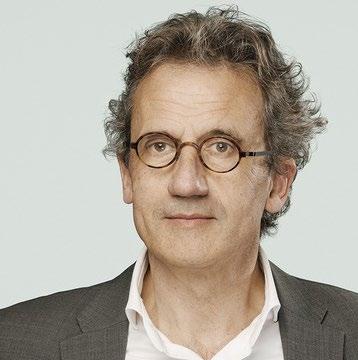 Guy de Sévaux Lead Biobased and Circular Economy Invest-NL
Guy de Sévaux Lead Biobased and Circular Economy Invest-NL
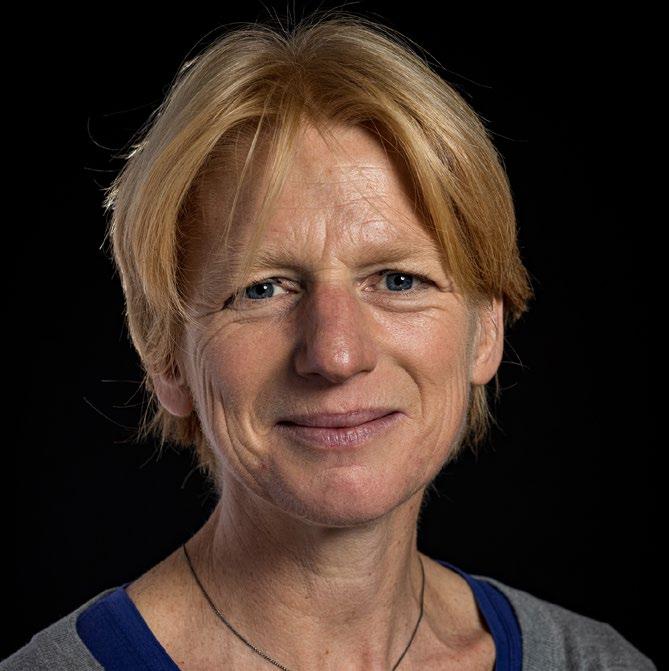 Anieke Wierenga Founding Partner ScaleUp Practitioners
Anieke Wierenga Founding Partner ScaleUp Practitioners
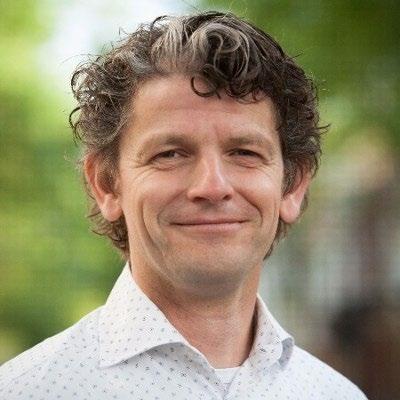 Arjan Rensma Director Sustainnovate Today
Arjan Rensma Director Sustainnovate Today
Circular Venture Building at the heart of the circular transition
Sources
1. Evenwichtig sturen op de grondstoffentransitie en de energietransitie voor brede welvaart, SER rapport September 2022
2. Houvast voor duurzame vernieuwers, perspectieven op transitie denken en doen, Het groene Brein, Februari 2021
3. Circulaire economie: wat we willen weten en kunnen meten. Systeem en nulmeting voor monitoring van de voortgang van de circulaire economie in Nederland, PBL, 2018
4. Frank W. Geels, ‘Technological transitions as evolutionary reconfiguration processes: a multi-level perspective and a case-study.’ Research Policy 31 (2002) 1257–1274
5. C. Christensen, Michael E. Raynor, and Rory McDonald, What Is Disruptive Innovation?, HBR December 2015.
6. J.A. Schumpeter, the theory of economic development, Harvard University Press, 1934
7. G. Moore, ‘Inside the Tornado: Strategies for Developing, Leveraging, and Surviving Hypergrowth Markets’, HarperCollins, 2005
8. The StartUp Owners Manual, Blank & Dorf, 2012
9. The Venture Imperative, Mason & Rohner, 2005
10. Adventure Finance, Power, 2021
11. Chris Monaghan, Director Metabolic Ventures, SYSTEMIC VENTURE BUILDING, October 2020
12. Steve Blank, The Four Steps to Epiphany, Successful Strategies for Products that Win, Lulu Prints, 2006
13. Social Innovation Monitor, REPORT ON EUROPEAN INCUBATORS AND ACCELERATORS, 2019
14. Gritd., Startup Development Report, impact van begeleiding op de groei van Nederlandse Startups, September 2021 - Jaargang 1
15. WORLD RANKINGS REPORT 19/20, UBI, November 2019
16. Circular Transition Indicators 2.0, WBSCD, February 2021
17. Start-up accelerators; an in depth literature review, Banka et al, 2022
18. Nick Zasowski, Disrupting the Venture Landscape, Whitepaper, GSSN 2020
Foto cover: pawel-czerwinski-6lQDFGOB1iw-unsplash
Invest-NL
Kingsfordweg 43-117
1043 GP Amsterdam
T +31(0)882036700
www.invest-nl.nl
info@invest-nl.nl
© 2023 | Invest-NL N.V.
